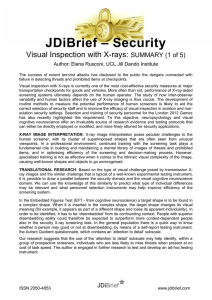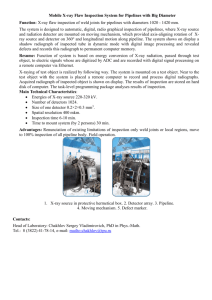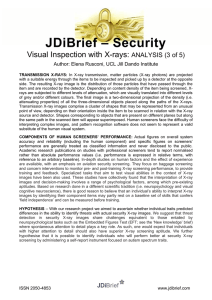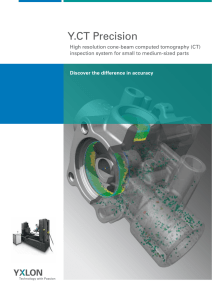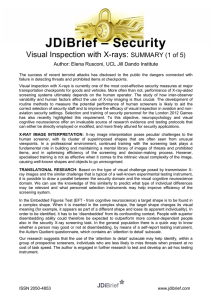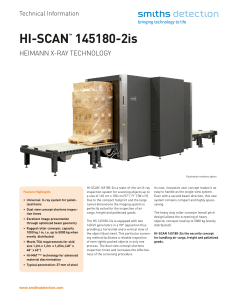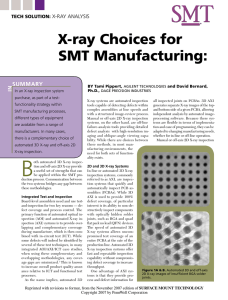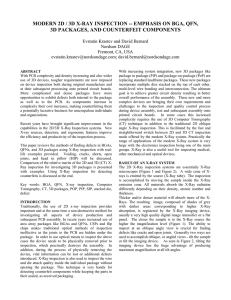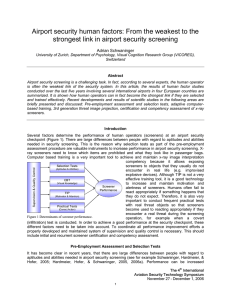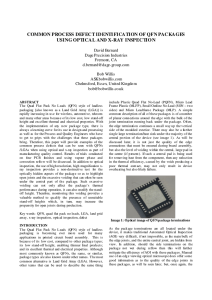– Security JDiBrief Visual Inspection with X-rays:
advertisement
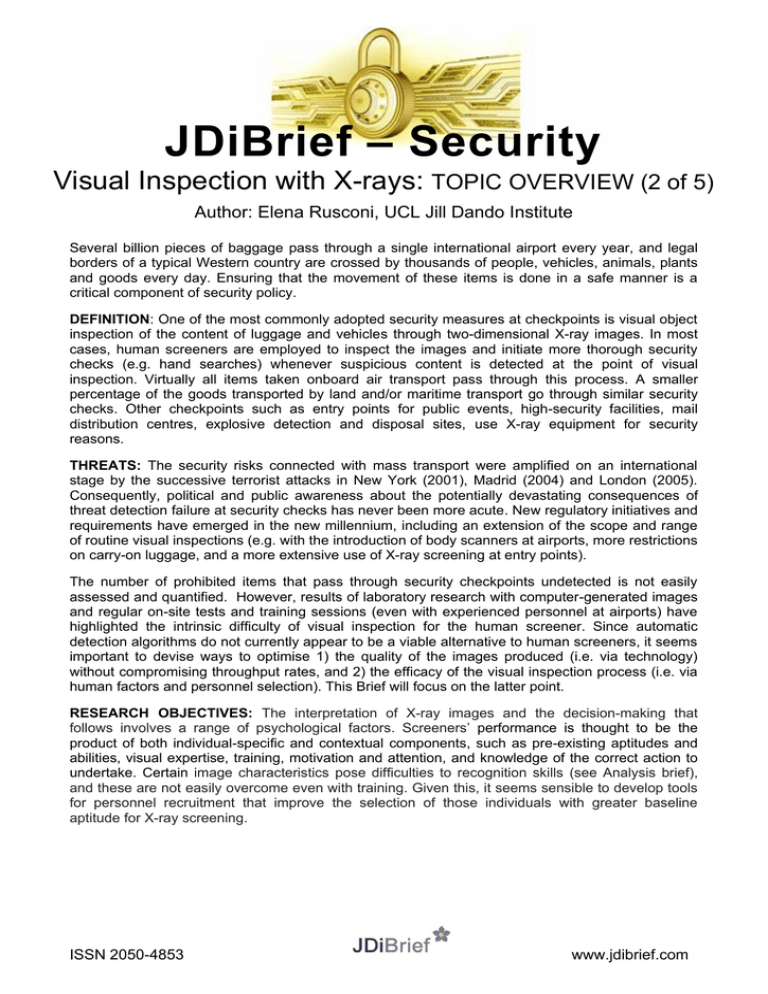
JDiBrief – Security Visual Inspection with X-rays: TOPIC OVERVIEW (2 of 5) Author: Elena Rusconi, UCL Jill Dando Institute Several billion pieces of baggage pass through a single international airport every year, and legal borders of a typical Western country are crossed by thousands of people, vehicles, animals, plants and goods every day. Ensuring that the movement of these items is done in a safe manner is a critical component of security policy. DEFINITION: One of the most commonly adopted security measures at checkpoints is visual object inspection of the content of luggage and vehicles through two-dimensional X-ray images. In most cases, human screeners are employed to inspect the images and initiate more thorough security checks (e.g. hand searches) whenever suspicious content is detected at the point of visual inspection. Virtually all items taken onboard air transport pass through this process. A smaller percentage of the goods transported by land and/or maritime transport go through similar security checks. Other checkpoints such as entry points for public events, high-security facilities, mail distribution centres, explosive detection and disposal sites, use X-ray equipment for security reasons. THREATS: The security risks connected with mass transport were amplified on an international stage by the successive terrorist attacks in New York (2001), Madrid (2004) and London (2005). Consequently, political and public awareness about the potentially devastating consequences of threat detection failure at security checks has never been more acute. New regulatory initiatives and requirements have emerged in the new millennium, including an extension of the scope and range of routine visual inspections (e.g. with the introduction of body scanners at airports, more restrictions on carry-on luggage, and a more extensive use of X-ray screening at entry points). The number of prohibited items that pass through security checkpoints undetected is not easily assessed and quantified. However, results of laboratory research with computer-generated images and regular on-site tests and training sessions (even with experienced personnel at airports) have highlighted the intrinsic difficulty of visual inspection for the human screener. Since automatic detection algorithms do not currently appear to be a viable alternative to human screeners, it seems important to devise ways to optimise 1) the quality of the images produced (i.e. via technology) without compromising throughput rates, and 2) the efficacy of the visual inspection process (i.e. via human factors and personnel selection). This Brief will focus on the latter point. RESEARCH OBJECTIVES: The interpretation of X-ray images and the decision-making that follows involves a range of psychological factors. Screeners’ performance is thought to be the product of both individual-specific and contextual components, such as pre-existing aptitudes and abilities, visual expertise, training, motivation and attention, and knowledge of the correct action to undertake. Certain image characteristics pose difficulties to recognition skills (see Analysis brief), and these are not easily overcome even with training. Given this, it seems sensible to develop tools for personnel recruitment that improve the selection of those individuals with greater baseline aptitude for X-ray screening. ISSN 2050-4853 www.jdibrief.com
